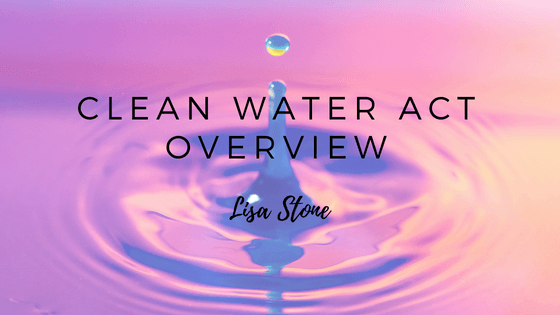Though most people know the act as the Clean Water Act, this law concerning water pollution actually began as the Federal Water Pollution Control Act of 1948. This was the first major U.S. law that addressed water pollution. In 1972, public awareness for controlling water pollution began to grow substantially which led to the government to amend the Federal Water Pollution Control Act that became the Clean Water Act.
In 1972, the amendments that came forward were as follows:
- Establishing the structure for regulating pollutant discharges into the waters of the United States
- Gave EPA authority to implement pollution control programs
- Maintain existing requirements to set water quality standards for all contaminants in surface waters
- Made it unlawful for any person to discharge any pollutant from a point source into navigable waters, unless a permit was obtained under its provisions
- Fund the construction of sewage treatment plants under the construction grants program
- Recognize the need for planning to address the critical problems posed by nonpoint source pollution
The Clean Water Act (CWA) introduce the National Pollutant Discharge Elimination System (NPDES). The NPDES is a permit system to regulate point sources of pollution. In this case, point sources include industrial facilities, municipal government and other government facilities, and some agricultural facilities. These points sources are not allowed to discharge pollutants to surface waters without a permit from the NPDES. This system is managed and overseen by the Environmental Protection Agency (EPA). The EPA has given authority to 46 states to provide the permits directly to these discharging facilities.
Congress set forth goals for the CWA to make all U.S. waters fishable and swimmable by 1983, have zero water pollution discharge by 1985, and to prohibit the discharge of toxic amounts of toxic pollutants. These goals have yet to be achieved but are still being actively worked towards.
With the Clean Water Act, the American waterways were afforded the opportunity to remain safe for the citizens who utilize those sources. While some of the goals set forth by Congress haven’t quite been achieved yet, agencies and local governments are still attempting to work towards completing these goals.
